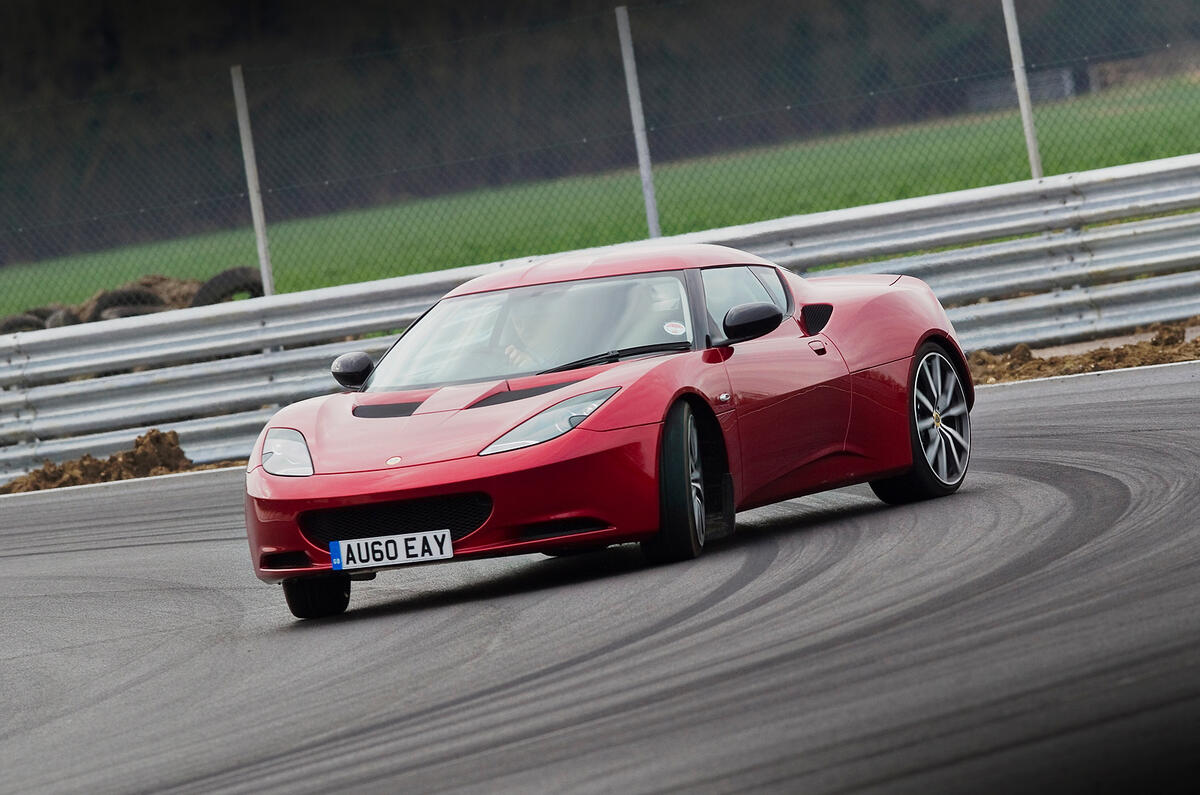The Lotus Evora arrived in 2011 as an answer to the practical problems created by the admirable, but much smaller Lotus Elise.
The Evora's younger brother might have had pure and animal-like intercommunication between car and driver, but it wasn't much cop if you wanted to travel further than the local pub or if you had to take your children to school.
Enter, stage left, the Evora – a 2+2 coupé with all the swagger and a three-section composite body (with easily replaceable plastic bumpers) but with a token nod towards comfort and touring.
Launched in 2009, it seemed to be the answer to either numerous prayers or the question no one posed. Naturally, it is not a Mercedes S-Class rival.
Peak behind the welcoming front seats and you will see an extra pair of rather teeny rear seats, such as only the very young, impressively flexible and eternally optimistic would want to explore. (Which is why some Evoras were also sold without +2 seating.)
The whole thing is powered by an eager, all-alloy and transversely mounted 3456cc V6, admittedly also found in a Toyota Camry and a Lexus RX 350 once upon a time, but here with a bespoke Lotus electronic throttle map, making it good for 276bhp at 6400rpm.
That’s enough to give the 1382kg Lotus performance in the order of a 162mph top speed and 0-60mph in just 5.4sec.
The first cars got the Launch Pack, comprising Tech (sat-nav, parking aids, cruise control), Sport (cross-drilled discs, a deeper spoiler and uprated exhaust) and Premium (extra leather, heated seats, reversing camera).






















